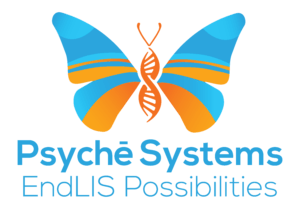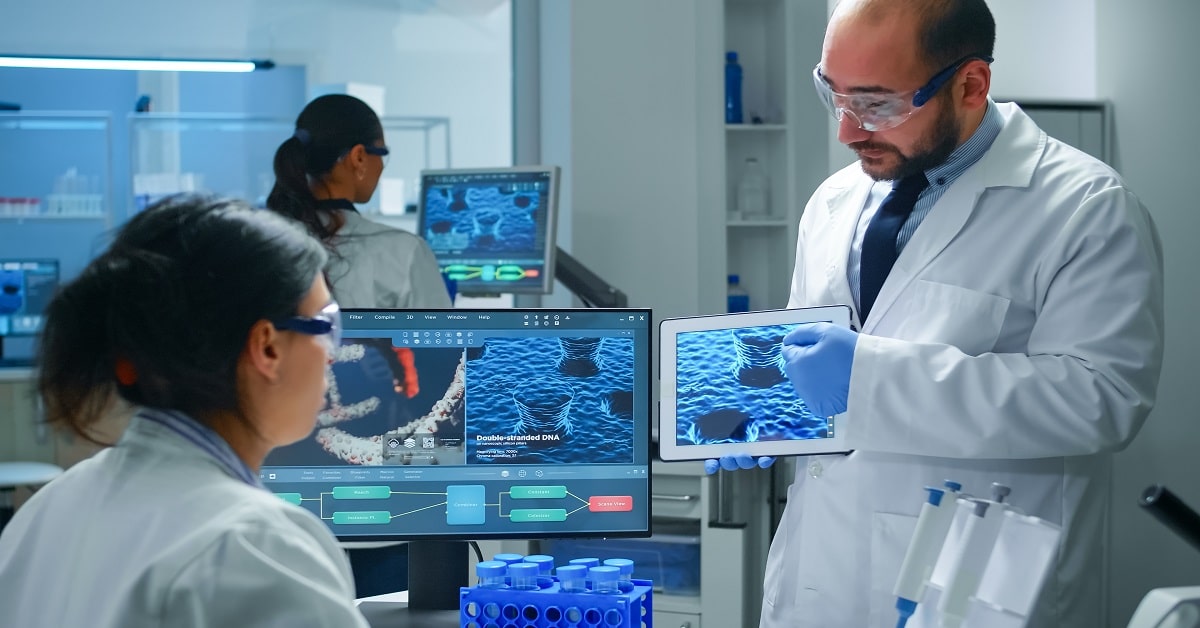Laboratory Information Systems (LIS) represent the cornerstone of efficiency in modern genetic, molecular, or clinical labs. These systems streamline repetitive tasks like patient check-ins, recording demographics, and order entry. It also streamlines result entry and specimen processing.
Even with these benefits, there is a catch. Implementation of a new LIS system can come with many hurdles. For example, you’ll have to clean and migrate terabytes of data to your new system.
Psyche Systems, a leading LIS vendor, has some tips for making LIS implementation a smooth and painless process.
Understanding LIS System Implementation
Although implementing a LIS system comes with challenges, the benefits greatly override the setbacks. One of the system’s most important benefits is expedited patient booking, which can reduce wait times. The LIS system asks relevant questions to determine case type, required tests, and patient history. Then, it uses preset rules to book patients automatically.
Other benefits your lab gets from an LIS system include:
- Specimen tracking: The LIS system helps lab technologists know where and when specimens are stored.
- Accession: An advanced LIS streamlines accessioning, reducing the potential for errors. It also accelerates the turnaround time for testing.
- Batch management: With a LIS system, your lab can easily create and manage batches for analysis.
- Auditing: A LIS system gives detailed user activity records for auditing purposes. The system can also help review results from various equipment for quality checks.
- Reporting: A LIS system has unlimited format templates that help compile and disseminate lab reports. Reports generated by an LIS are HIPAA compliant.
It’s important to note that reaping these benefits is contingent on correctly implementing the LIS system. Proper implementation ensures the LIS aligns with your labs’ unique workflows and infrastructure.
What are the Most Common Pain Points During LIS System Implementation?
Implementing an LIS system comes with a couple of pain points. For instance, you could face challenges customizing the system to align with your test procedures and reporting formats.
Here are some other common pain points some laboratories face during LIS implementation:
1. Data Migration and Integration Complexities
When transitioning to an LIS system, you must transfer and integrate existing data into the new system. This transfer can be a headache. You may have terabytes of data to clean and transfer.
2. Workflow Disruptions and Resistance to Change
The transition to an LIS will disrupt already established laboratory workflows. As such, your staff will have to adapt to new procedures. Some employees may be reluctant to embrace these changes.
3. Training and Adoption Difficulties
Even the most simple LIS system implementations will still require staff training. Training will help your staff become acquainted with the new LIS interfaces. During the process, you’ll have to create time for this training and be prepared to meet some resistance from staff.
4. Technical Issues and System Compatibility
Technical issues are commonplace in LIS system integration. These issues can include system crashes, slow performance, and connectivity problems. You could also experience compatibility issues when integrating the LIS into existing instruments.
Tips for Overcoming LIS System Implementation Challenges
Although implementing an LIS has challenges, you can overcome them. You’ll just need a well-executed strategy that accounts for loopholes and pain points. Here is Psyche System’s blueprint to sail you through the implementation process:
1. Pre-Implementation Preparation
Successful adoption of a LIS system depends on the groundwork laid during the pre-implementation stage. Thus, it is critical to evaluate your laboratory’s unique needs before beginning an LIS implementation.
Set concrete goals that you can use to measure success after implementing your LIS system. These goals could be:
- Improving turnaround times for test results.
- Enhancing data accuracy.
- Reducing manual errors.
- Complying with regulatory standards.
An assessment of needs plus goal-setting will help you implement an LIS that aligns perfectly with your needs. From laboratory technicians to stakeholders, involve every key individual in the implementation process. This inclusion will foster a sense of shared ownership.
2. Effective Data Migration and Integration
Before data migration, do a thorough data audit and cleanup. This cleanup should ensure you don’t waste time migrating unusable data. It’s important to note here that a data audit, cleanup, and migration effort could be difficult for your in-house team to carry out.
For this reason, consider collaborating with your LIS vendor. Unlike you, a vendor has specialized data migration and integration knowledge. They will handle all potential pitfalls that could arise during the migration process.
After migration, test and verify the integrity of your migrated data. Running tests helps verify if your data has been integrated into the LIS correctly. This process will also ensure that your data is accurate and accessible.
3. Manage Workflow Disruptions and Change Resistance
Shifting from familiar procedures will always disrupt workflows. Moreover, these shifts can sometimes foster resistance from your employees. For this reason, you should have a change management plan in place before transitioning to LIS.
The plan should have strategies to deal with three things: minimizing operational disruptions, addressing staff concerns, and encouraging engagement. Also, train staff to ensure employees are comfortable with the LIS system.
4. Technical Considerations and System Compatibility
Adopting an LIS system can sometimes involve facing system incompatibilities. Nonetheless, there are a couple of ways of navigating these challenges. For one, do a thorough evaluation of your laboratory’s existing infrastructure.
Ensure your hardware, software, and networks are compatible with the LIS system. You may also want to involve IT professionals and your vendor. These experts will have the experience and know-how to address any potential pitfalls.
After implementation, run a test to check that the system is running smoothly. Since issues can emerge any time down the line, have contingency plans ready. These plans will come in handy if unexpected challenges arise.
Conclusion
Implementing an LIS isn’t a walk in the park. Your lab will face customization, technical integration, and the intricacies of training your staff. Don’t let these challenges keep you from enjoying the benefits of using an LIS system.
You can navigate any challenge in this process by working with leading vendors like Psyche. We will guide you through every step of the LIS implementation process.
Contact us to discuss your plans with one of our LIS integration experts.
Image by DCStudio on Freepik

